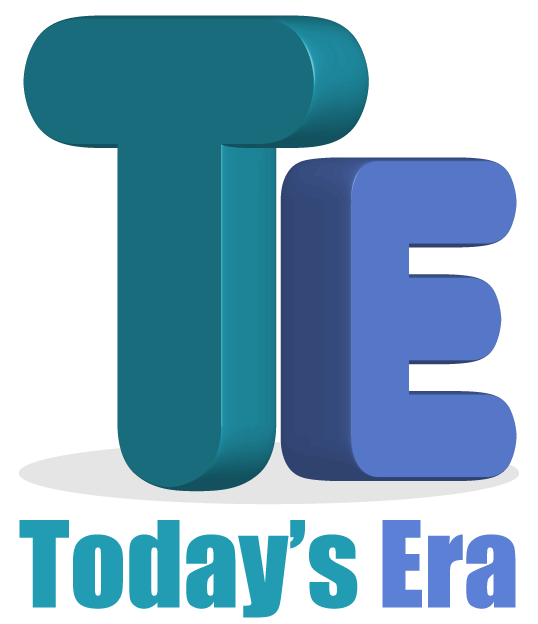Do you know PBX full form?
Full form of PBX in English: Private Branch Exchange
PBX: General Overview
A PBX can be compared to a small level telephone system within an enterprise or a small-scale industry, which regulates the calling inside the firm. This system provides the user with access to the internal lines and selected external lines as well. PBX system is cost efficient as it does not require a line for each user to the telephone company’s central station.
The private branch exchange is owned and managed by the firm which operates the PBX rather than the telephonic service provider. However, the telephone company may be the service provider for the private branch exchange. In the initial stages of operation, the private branch exchanges used analogue controls and signals. But with the advancement in the field of technology, now the PBX system uses the digital signals.
 PBX full form in Hindi: निजी शाखा विनिमय
PBX full form in Hindi: निजी शाखा विनिमय
The PBX technology includes the following set-ups:
- Multiple phone lines which terminate at the private branch exchange.
- A memory enabled PC to manage and switch the calls within and out of the PBX
- The network of lines within the PBX
- Console or switchboard (optional)
There are some alternatives to PBX which include center service(rental service providing of the telephonic lines), Integrated Services Digital Network (ISDN).
The business telephone systems differ from the installation of several telephone lines from a central exchange. These central office lines are directly controllable in the key telephone systems from multiple stations, and such a system often provides additional benefits to the main operator. The business systems can be classified into key telephone systems and private branch exchanges. Though there are many hybrid systems available.
A key telephone system can be differentiated from a private branch exchange (PBX) on the basis that it does not require an attendant to control its function, the connections.
Private branch exchanges are complex and have a lineage with the main central line. The key telephone system can use the controls directly using the line buttons.
The earliest such systems were identified as the ‘wiring plans’ and is simply consisted of telephone sets, lamps, keys, and writing. Key systems typically composed of electromechanical components before large scale integrated circuits took the industry with a blow.
With the advent of LSI ICs, the architecture for the circuits can be put to use as inexpensively as compared to using relays. Electronically shared-control systems quickly led to the invention of the modern hybrid telephone system. The features of PBX and the key system quickly merged.
These modern systems allow various sets of features to work together including:
- Answering machine functions
- Automatic call accounting
- Caller ID
- Remote supervision of the PBX system
- Selection of signaling sounds
- Speed dialing
- Station-specific limitations (long range or pager systems)
The distinction between key systems and PBX systems is increasingly getting blurred. Early electronic key systems used handsets which allowed access to all the connected PSTN lines and stations.
A private branch exchange (PBX) is a switching or telephones system that serves as a private organization. PBX provides intercommunication among an array of telephone stations in the said organization. The central station provides connections to the public switched telephonic network (PSTN). The intercommunication (between the different telephones of the public system) ability allows the stations to directly connect.
Each PBX-connected device, for e.g. a telephone, a fax machine, or a computer modem, more often known as an extension and has a designated extension telephone number.
Initially, these local telephone systems offered cost savings for internal phone calls: managing the circuit switching locally reduced the charges for telephone service. As the systems gained popularity, they started coming with services which were not available in the public network, such as call forwarding, hunt groups, and extension dialing.
“Stay Informed and connect to Today’s era Full form list for the latest updates.”

